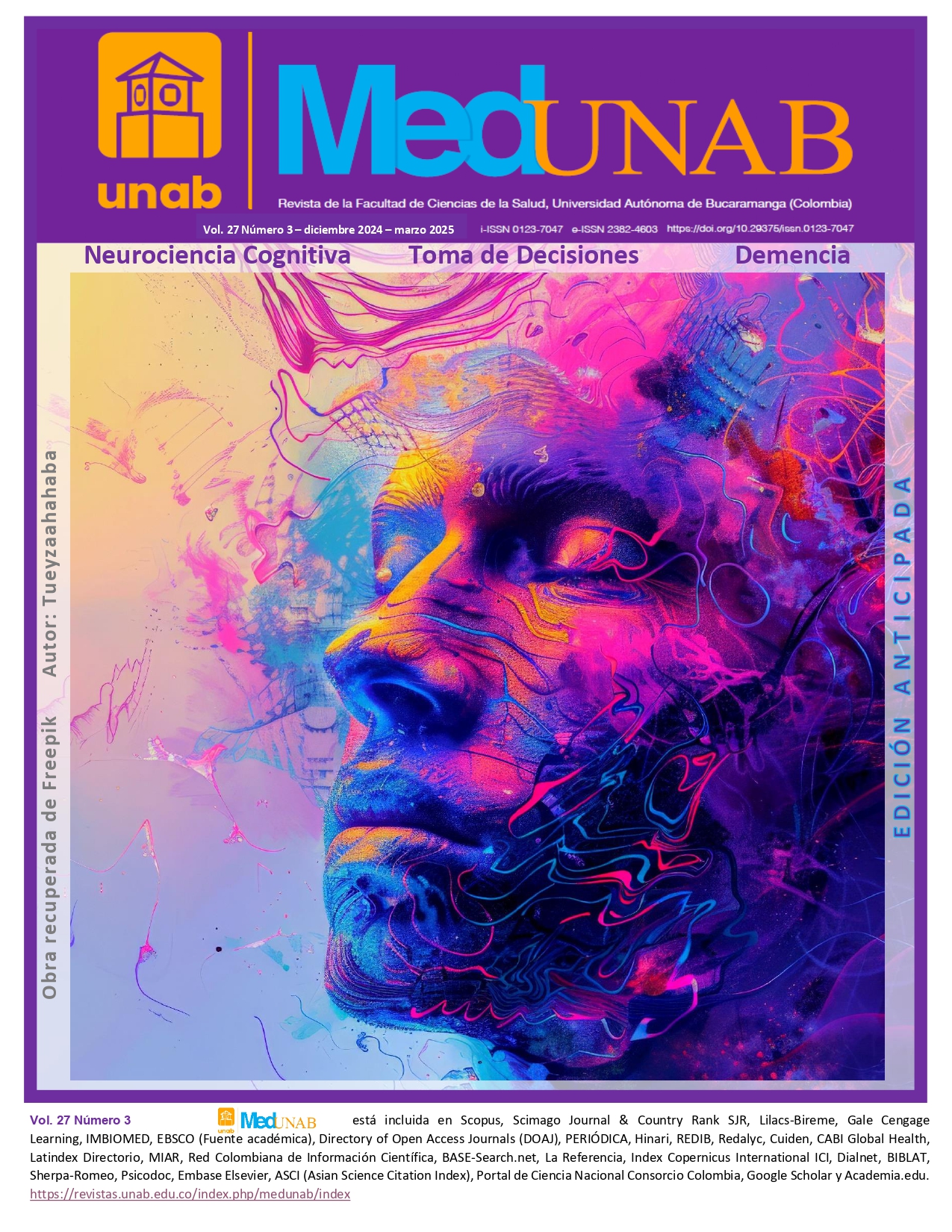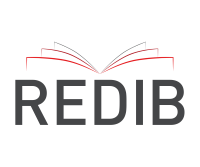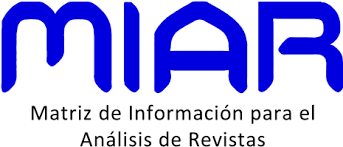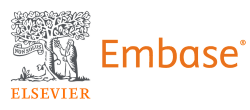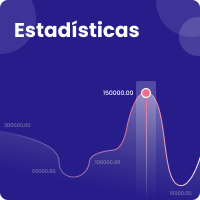Matemáticas y Decisiones
Resumen
Introducción. Aunque existe un amplio consenso sobre la importancia de las matemáticas en todos los niveles educativos, la toma de decisiones suele considerarse secundaria en la mayoría de los planes de estudio. Objetivo. Este documento explora la relación entre la capacidad matemática y la toma de decisiones. Temas de reflexión. Se proponen tres modelos: uno en el que la capacidad matemática influye en las decisiones, otro en el que la toma de decisiones influye en la capacidad matemática, y un tercero que propone una influencia mutua. Los autores repasan la investigación existente en apoyo de los dos primeros modelos, destacando el papel de la aritmética y los parámetros de decisión. Por último, defienden la probabilidad de un modelo de influencia mutua, haciendo hincapié en la importancia de tener en cuenta tanto las habilidades matemáticas como los procesos de toma de decisiones para comprender el logro de las matemáticas. Conclusiones. El modelo de influencia mutua tiene consecuencias para el futuro de la educación en matemática porque requeriría una formación explícita en habilidades de toma de decisiones en algún momento de la escuela. Los alumnos deben ser conscientes de dicha influencia.
Referencias bibliográficas
Mirzakhani M. Interview with Research Fellow. Maryam Mirzakhani [Internet]. London: Claymath; 2008. Available from: https://www.claymath.org/library/annual_report/ar2008/08Interview.pdf
Moutoussis M, Garzón B, Neufeld S, Bach DR, Rigoli F, Goodyer I, et al. Decision-making ability, psychopathology, and brain connectivity. Neuron [Internet]. 2021;109(12):2025-2040.e7. doi: https://doi.org/10.1016/j.neuron.2021.04.019
Peters E, Västfjäll D, Slovic, P, Mertz CK, Mazzocco K, Dickert S. Numeracy and Decision Making. Psychol Sci [Internet]. 2006;17(5):407–413. doi: https://doi.org/10.1111/j.1467-9280.2006.01720.x
de Bruin WB, Slovic P. Low numeracy is associated with poor financial well-being around the world. PLoS ONE [Internet]. 2021;16:1–15. doi: https://doi.org/10.1371/journal.pone.0260378
Estrada-Mejia C, de Vries M, Zeelenberg M. Numeracy and wealth. J Econ Psychol [Internet]. 2016;54(1):53–63. doi: https://doi.org/10.1016/j.joep.2016.02.011
Boyce-Jacino C, Peters E, Galvani AP, Chapman GB. Large numbers cause magnitude neglect: The case of government expenditures. Proc Natl Acad Sci USA [Internet]. 2022;119(28):e2203037119. doi: https://doi.org/10.1073/pnas
Lipkus IM, Peters E. Understanding the role of Numeracy in Health: Proposed Theoretical Framework and Practical Insights. Health Educ Behav [Internet]. 2009;36(6):1065–1081. doi: https://doi.org/10.1177/1090198109341533
Dehaene S. The number sense: How the Mind Creates Mathematics. Oxford University Press [Internet]. 1997. Available from: https://cognitionandculture.net/wp-content/uploads/the-number-sense-how-the-mind-creates-mathematics.pdf
Peters E, Slovic P, Vastfjall D, Mertz CK. Intuitive numbers guide decisions. Judgm Decis Mak [Internet]. 2008;3(8):619–635. Available from: https://www.cambridge.org/core/journals/judgment-and-decision-making/article/intuitive-numbers-guide-decisions/DAA7308D7EDA088EEAABCD673FC496E1
Schley DR, Peters E. Assessing “Economic Value”: Symbolic-Number Mappings Predict Risky and Riskless Valuations. Psychological Science [Internet]. 2014;25(3):753–761. doi: https://doi.org/10.1177/0956797613515485
Nieder A. The neuronal code for number. Nat Rev Neurosc [Internet]. 2016;17(6):366–382. doi: https://doi.org/10.1038/nrn.2016.40
Barretto-García M, de Hollander G, Grueschow M, Polanía R, Woodford M, Ruff CC. Individual risk attitudes arise from noise in neurocognitive magnitude representations. Nat Hum Behav [Internet]. 2023;7(9):1551–1567. doi: https://doi.org/10.1038/s41562-023-01643-4
Ratcliff R, McKoon G. The diffusion decision model: theory and data for two-choice decision tasks. Neural Comput [Internet]. 2008;20(4):873–922. doi: https://doi.org/10.1162/neco.2008.12-06-420
Gold JI, Shadlen MN. The neural basis of decision making. Annu Rev Neurosc [Internet]. 2007;30:535–574. doi: https://doi.org/10.1146/annurev.neuro.29.051605.113038
Ratcliff R, Thompson CA, Mckoon G. Modeling individual differences in response time and accuracy in numeracy. Cognition [Internet]. 2015;137:115–136. doi: https://doi.org/10.1016/j.cognition.2014.12.004
Alonso-Diaz S, Cantlon JF, Piantadosi ST. A threshold-free model of numerosity comparisons. PLoS One [Internet]. 2018;13(4):e0195188. doi: https://doi.org/10.1371/journal.pone.0195188
Alonso-Diaz S, Giraldo-Huertas JJ. Choice Velocity in AQS Tasks and its Relation to Symbolic Mathematics in 4th and 6th grade students. PsyArXiv Preprints [Internet]. 2024. doi; https://osf.io/preprints/psyarxiv/z492x
Anobile G, Arrighi R, Castaldi E, Burr DC. A Sensorimotor Numerosity System. Trends Cogn Sci [Internet]. 2021;25(1):24–36. doi: https://doi.org/10.1016/j.tics.2020.10.009
Villani C. Birth of a theorem: A mathematical adventure [Internet]. Farrar, Straus and Giroux; 2015. Available from: https://pdfarchived.net/docs/Birth%20Of%20A%20Theorem%20A%20Mathematical%20Adventure-4934488
Dehaene S. Symbols and quantities in parietal cortex : elements of a mathematical theory of number representation and manipulation [Internet]. Attention and Perfomance: Sensorimotor Foundations of Higher Cognition: 2007;527–574. Available from: https://www.researchgate.net/publication/237443138_Symbols_and_quantities_in_parietal_Cortex_Elements_of_a_mathematical_theory_of_number_representation_and_manipulation
Bruguier AJ, Quartz SR, Bossaerts P. Exploring the Nature of “Trader Intuition.” The Journal of Finance [Internet]. 2010;LXV(5). Available from: https://www.its.caltech.edu/~squartz/jfinance.pdf
Descargas
Derechos de autor 2025 MedUNAB

Esta obra está bajo una licencia internacional Creative Commons Atribución-NoComercial 4.0.
| Estadísticas de artículo | |
|---|---|
| Vistas de resúmenes | |
| Vistas de PDF | |
| Descargas de PDF | |
| Vistas de HTML | |
| Otras vistas | |



